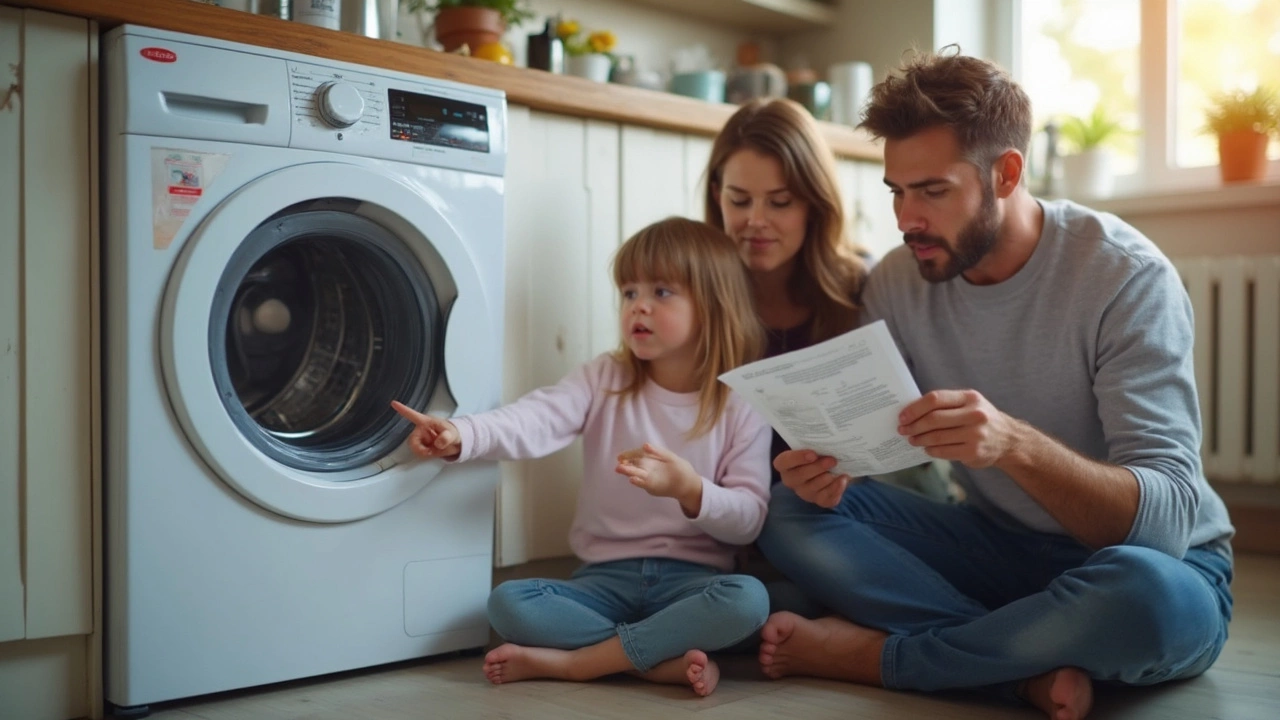Diagnose Common Appliance Problems – Quick Guides
Got a noisy fridge, a boiler that won’t heat, or an oven that won’t warm up? Before you pick up the phone, try a quick diagnosis. Knowing what to look for can save you a call-out fee and get your kitchen or bathroom back in shape faster.
Start with the Basics
The first thing to do is check the power. Make sure the appliance is plugged in, the socket works, and the circuit breaker isn’t tripped. A simple reset can fix many issues, especially with newer devices that have built‑in safety switches.
Next, listen and look. Unusual noises, strange smells, or visible leaks give clues about what’s wrong. Write down when the problem started and any recent changes – a new detergent, a recent power surge, or a dropped kitchen drawer can all be relevant.
Typical Issues by Appliance
Ovens and Hobs: If the oven won’t heat, test the heating element with a multimeter or look for a blown fuse. Cracked glass on a hob usually means the ceramic is damaged, not the whole unit. In many cases the part can be replaced without swapping the whole appliance.
Boilers: A boiler that sputters or stops heating often has air in the system or a faulty pressure valve. Check the pressure gauge – it should be around 1‑1.5 bar when cold. Low pressure can be topped up using the filling loop, a simple task for most homeowners.
Extractor Fans: A fan that hums but doesn’t spin is usually a motor problem. Remove the cover, clean the blades, and give the motor a gentle nudge. If it still won’t turn, the motor may need replacement – a job most DIYers can handle with a screwdriver and a new motor.
Fridges and Freezers: Warm spots in a fridge often mean the condenser coils are dusty. Pull the fridge out, vacuum the coils, and check the door seals for cracks. If the freezer isn’t freezing, it could be a blocked defrost timer or low refrigerant – the latter needs a professional.
Heat Pumps: When a heat pump runs but doesn’t blow warm air, the issue is usually a dirty filter or a stuck fan. Turn off the unit, clean the filter, and inspect the fan blades for debris. If the problem persists, the thermostat may be faulty and should be tested.
For washing machines, a common sign of trouble is water that won’t drain. Look at the pump filter – it’s often hidden behind a small flap. Clear any lint or coins, and the machine should run normally again.
Water heaters that only give cold water usually have a failed heating element or a broken thermostat. Turn off the power, drain the tank, and inspect the element for scorch marks. Replacing it is cheap and usually fixes the problem.
Remember, safety first. If you ever feel unsure about handling electricity or gas, call a qualified technician. The goal of a quick diagnosis is to give you enough information to decide whether you can fix it yourself or need a pro.
By following these simple steps, you’ll spend less time worrying and more time enjoying a working home. Keep a small toolbox, a multimeter, and a notebook handy – they’re the best friends of anyone who wants to diagnose appliances without the extra cost.






